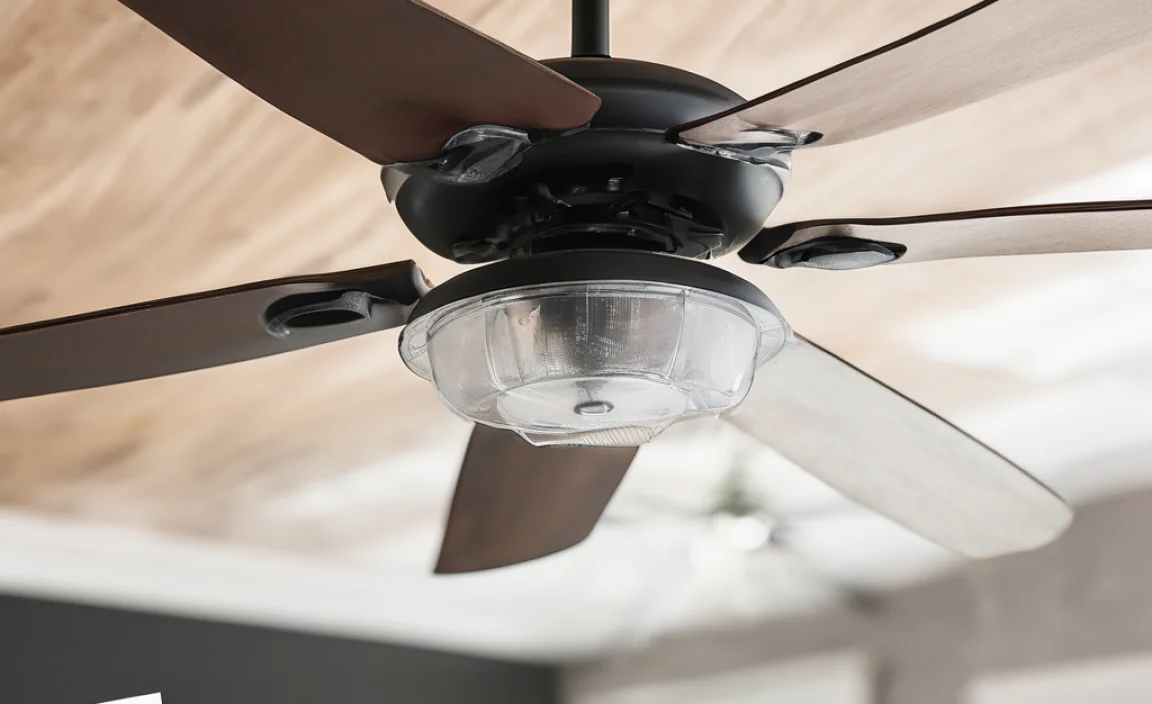Have you ever watched water swirl down a sink, only to stop suddenly? It can be pretty frustrating, especially when you’re in a hurry. Learning how to plunge a sink can be a lifesaver. Imagine trying to wash your hands, but the water won’t drain! Or maybe you’ve had a sink overflow during a dinner party. Yikes! These moments call for swift action.
Many people don’t realize that plunging a sink is easy and effective. A trusty plunger is like a magic wand for this problem. With a little know-how, you can tackle the issue quickly. Did you know that most clogs happen because of grease, hair, or food? You might be surprised at how common these problems are. But no worries! With the right technique, you can fix things in no time.
This article will guide you through the simple steps to plunge your sink. Ready to become a plumbing hero? Let’s dive in and save that sink!
How To Plunge A Sink: Effective Tips And Techniques

How to Plunge a Sink
Clogged sinks can be frustrating. Have you ever dealt with a slow drain? Knowing how to plunge a sink can save you time and stress. First, gather your supplies: a good plunger and a rag. Ensure there’s water in the sink, as this helps create suction. Position the plunger over the drain and push down firmly, then pull up quickly. Repeat until the water drains freely. Remember, a little muscle goes a long way!Understanding the Basics of Sink Clogs
Common causes of sink clogs. Differences between kitchen and bathroom sink clogs.Many sinks can get clogged. Some common causes are food scraps, hair, grease, and soap. These items can stick together and block water flow. Kitchen sinks often clog due to food bits and grease. In contrast, bathroom sinks usually clog because of hair and toothpaste. Knowing these differences helps you understand how to clear them.
Common causes of sink clogs
- Kitchen sink: Food scraps, grease
- Bathroom sink: Hair, soap buildup
- General: Foreign objects, dirt
Understanding these points helps you prevent clogs and manage them well. Proper care can keep your sinks flowing smoothly.
Essential Tools for Plunging a Sink
Types of plungers: cup vs. flange. Additional tools to have on hand (bucket, gloves, etc.).To clear a clog, you’ll need the right tools. There are two main types of plungers: cup plungers and flange plungers. Cup plungers work well for sinks, while flange plungers are great for toilets. Having some additional tools is also smart. Keep a bucket nearby to catch extra water, and wear gloves for cleanliness. With these tools, you’ll be ready to tackle that sink!
What is the best type of plunger for a sink?
For a sink, the best type of plunger is a cup plunger. It creates a strong seal and boosts suction, making it perfect for clearing clogs.
Other tools to consider:
- Bucket
- Gloves
- Towel for cleanup
Preparing Your Workspace for Effective Plunging
Clearing the area and protecting surfaces. Ensuring proper drainage for overflow.Before you tackle that stubborn sink, make your space ready! Start by clearing the area—this means moving your fancy soap and dish rack to avoid mess. Trust me; no one wants a soapy comedy show while plunging! Next, protect surfaces with towels or plastic sheets to avoid any accidents. And don’t forget to check for proper drainage. Sometimes, sinks bottle up like a soda can, so be sure to clear any overflow before you plunge. Happy plunging!
| Tip | Description |
|---|---|
| Clear the Area | Move items to prevent mess. |
| Protect Surfaces | Use towels to keep things tidy. |
| Check Drainage | Ensure no overflow before starting. |
Step-by-Step Guide to Plunging a Sink
How to position the plunger correctly. Techniques for optimal plunging action.First, grab your trusty plunger. Position it over the drain at a slight angle. Make sure to create a snug seal. If not, it’s like trying to eat soup with a fork—messy! Push down firmly and pull up quickly to create suction. Don’t worry if you feel like you’re doing a funny dance; that’s just the plunger magic! Keep a rhythm. For best results, repeat this action several times. It’s like exercising, but for your sink!
| Position | Technique |
|---|---|
| Angle it towards the drain | Push down, pull up! |
| Create a tight seal | Use a steady rhythm |
Preventative Measures to Avoid Future Clogs
Tips for sink maintenance. Best practices for disposal of waste materials.Taking care of your sink can help keep it clean and clog-free. Here are some simple tips:
- Rinse food scraps down the drain.
- Use a strainer to catch hair and debris.
- Avoid using the toilet as a trash can.
- Run hot water to help clear grease.
- Don’t pour paint or chemicals down the sink.
Following these steps can help prevent future clogs and make cleaning easier.
What are the best practices for disposing of waste materials?
Always dispose of waste properly. To keep drains clean, **don’t put food waste or grease down the sink.** Use the trash or compost instead. Recycling can also reduce waste and protect the environment.
FAQs About Plunging Sinks
Common questions regarding the plunging process. Troubleshooting issues related to stubborn clogs.Got questions about plunging sinks? You’re not alone! Many people wonder how to tackle stubborn clogs. It can feel like a wrestling match, but don’t worry; it’s just a sink thing! Here are some common questions:
| Question | Answer |
|---|---|
| Why won’t my plunger work? | It might be due to a poor seal. Make sure the plunger covers the drain completely! |
| How many times should I plunge? | Usually, a solid 5-10 plunges should do the trick! |
| What if the clog is still there? | It could be a tougher clog. Try a drain snake or call a plumber! |
Remember, patience is key! If all else fails, maybe the sink is just trying to keep its secrets. Happy plunging!
Conclusion
In conclusion, plunging a sink is simple. First, ensure you have a good plunger. Next, cover overflow holes and create a strong seal. Push and pull firmly to clear the blockage. If your sink still doesn’t drain, seek more help. Try these steps at home, and if you’re curious, read more about plumbing tips for better skills!FAQs
What Are The Common Causes Of A Clogged Sink That May Require Plunging?A clogged sink can happen for a few reasons. Food scraps might block the drain. Hair and soap can also build up inside. Sometimes, small toys or items can get stuck. When this happens, you may need to use a plunger to clear the sink.
How Do You Properly Prepare A Sink And Surrounding Area Before Using A Plunger?First, you need to clear the sink area. Remove any dishes, soap, or items nearby. Then, put on some old clothes or an apron to protect yourself. Next, fill the sink with a little water. This helps the plunger work better. Finally, make sure the floor around the sink is dry to prevent slipping.
What Type Of Plunger Is Most Effective For Unclogging A Sink?The best plunger for unclogging a sink is a cup plunger. It has a soft rubber cup that makes a good seal. This helps push the blockage out of the drain. You just need to press down and pull up firmly. Make sure to cover the sink hole completely for the best results!
Are There Any Techniques Or Tips For Using A Plunger Effectively?To use a plunger well, make sure the rubber end covers the drain completely. Push down hard for a few seconds, then pull up quickly. This helps create suction to clear the blockage. You might need to repeat this a few times. Always keep a towel nearby for any spills!
When Should I Consider Calling A Plumber Instead Of Trying To Plunge The Sink Myself?You should call a plumber if your sink is still clogged after you tried plunging it. If water keeps backing up or starts to leak, that’s another sign. Call for help if you smell a bad odor or see dirty water. It’s okay to ask someone with more tools and skills to fix it.








